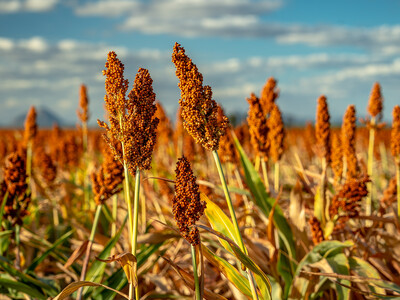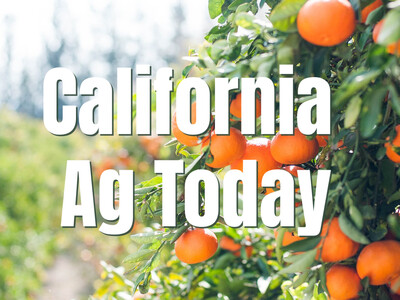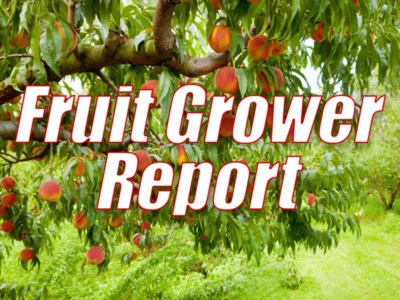Ubiquitous Almonds
Although products like almond meal and almond based beverages have grown in popularity in recent years, vegucator Chantel Oyi Oyi notes that they have actually been around for some time centuries for that matter… “popular and Persia and Arabic culture.”Earlier on, they actually use the almond meal, which is ground up almonds turn into a meal and they added that with water. They've used that drink as a refreshing drink. And he also added it to their recipes even at that time.
In fact, almonds tend to have a culinary and cultural connection to many nations and regions around the world. Some examples include.
In Sweden, they use a cinnamon flavor, rice pudding, and they hide an almond inside of that rice pudding. And if you find that almond inside of the rice pudding, it means good fortune is yours for the year. In China they consider the almond is a symbol of enduring sadness and female beauty.
Another product derived from almonds is almond oil, a product that can be used in cooking and in non-food products.
It's also used in plenty of art lotions are describes our soaps as well as our carrier oils for essential oils. So almond oil has a very popular use in today's culture.
Now, one thing you may not know or have considered with almonds in the raw form or any form for that matter, they have a shelf life. How can you tell if they are becoming rancid?
You want to slice the almond in half and look for a solid white texture to row, and that would be a fresh almond. But if you slice it and you see a yellowish texture with a honeycomb, this look that may mean that it was way past its prime and probably should be discarded.

















